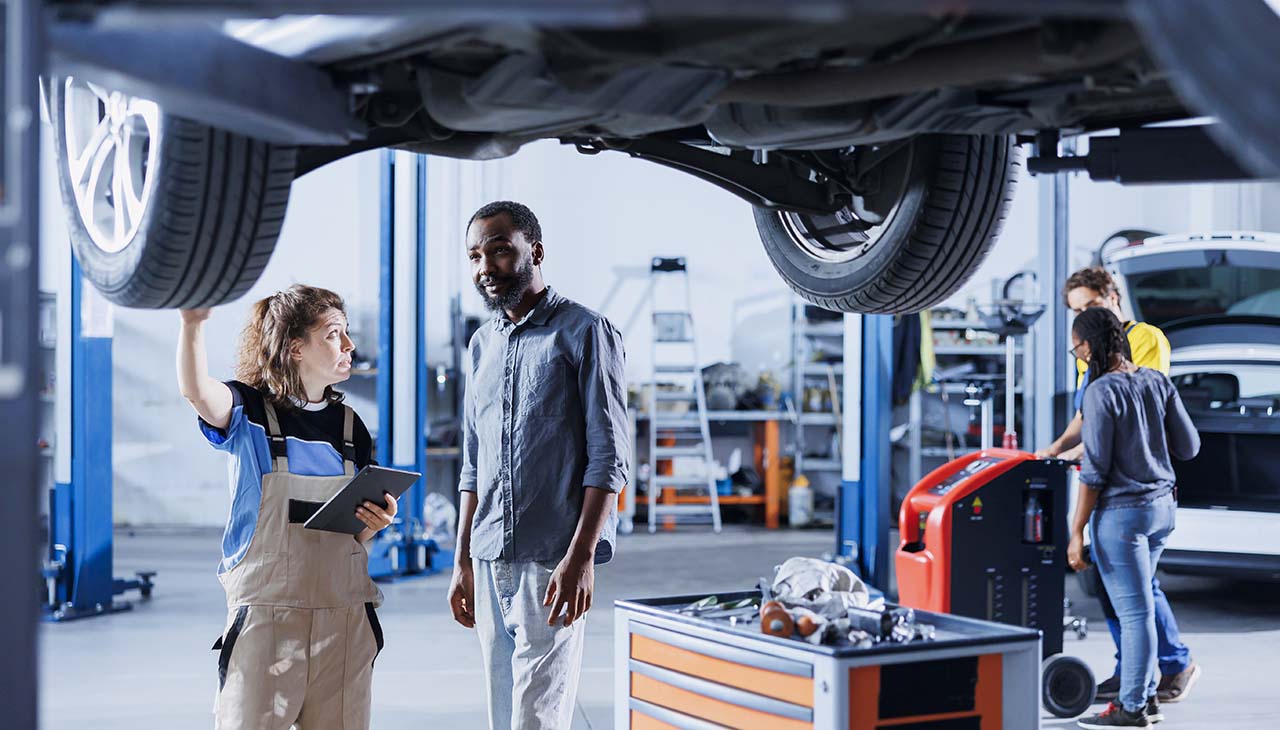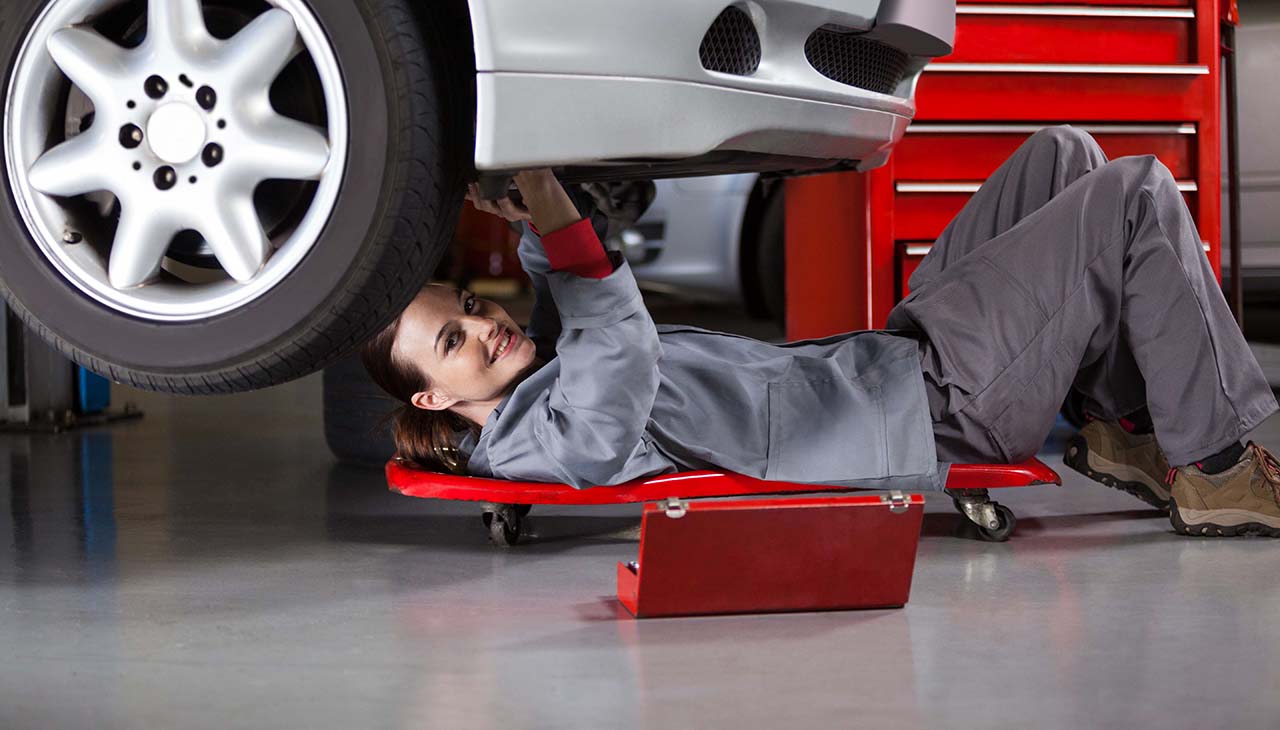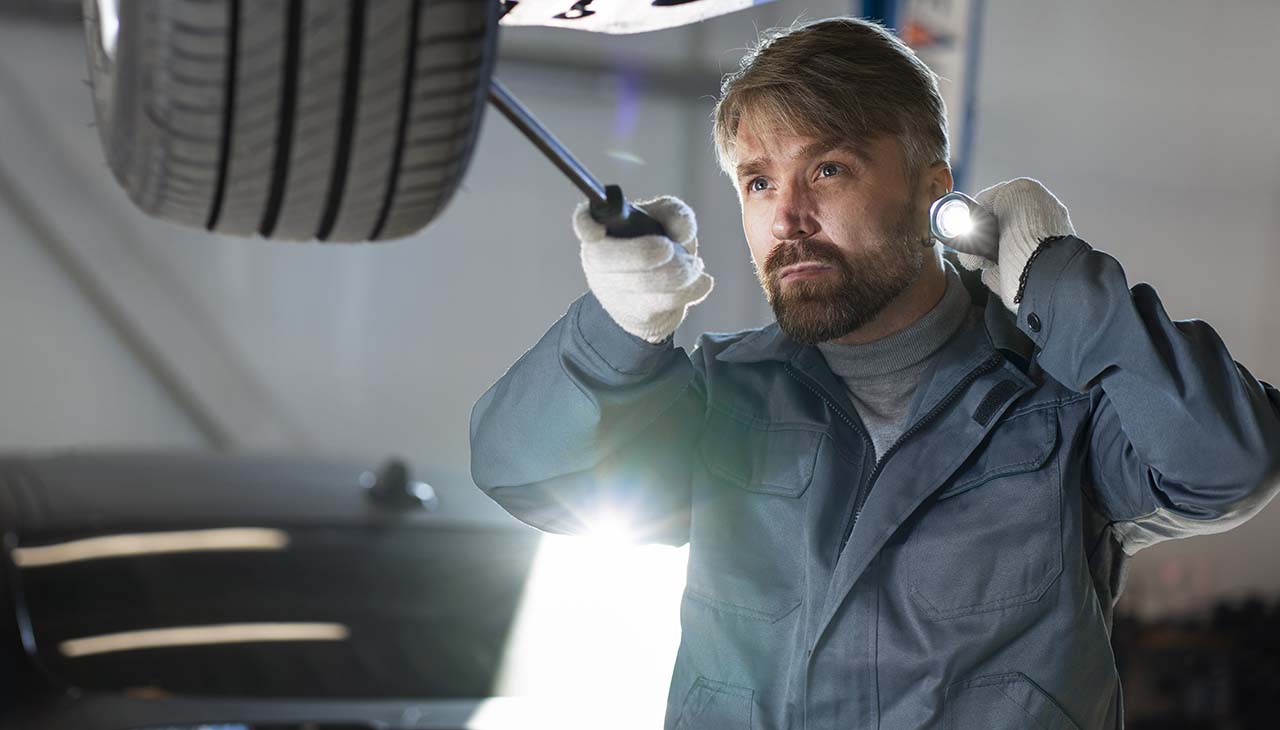Introduction
Owning a car comes with its own set of responsibilities, one of which is ensuring it remains in good working condition. Diagnosing car problems on the go isn’t just about convenience—it’s essential for your safety and can save you significant amounts of money on repairs. Understanding your car’s symptoms early on and knowing how to address them can help you avoid being stranded by the roadside and ensure a smoother, safer ride.
Common Car Problems and Symptoms
Cars are complex machines, and even the most reliable ones can experience issues. Here are some of the most common car problems car owners may encounter, along with their associated symptoms:
Overheating
- Symptoms: Engine temperature gauge rising into the red zone, steam or smoke coming from under the hood, a sweet smell of coolant.
- Potential Causes: Low coolant levels, a malfunctioning thermostat, broken radiator fan, or leaking cooling system.
Battery Problems
- Symptoms: Car refuses to start, dim headlights, electrical components not working, clicking noise when turning the ignition.
- Potential Causes: Dead battery, corroded battery terminals, faulty alternator, or loose battery connections.
Strange Noises
- Symptoms: Squealing, grinding, knocking, or clicking noises from the engine or wheels.
- Potential Causes: Worn brake pads, failing wheel bearings, loose or damaged belts, or engine problems.
Unusual Exhaust Smoke
- Symptoms: Excessive or colored smoke from the exhaust (blue, white, or black).
- Potential Causes: Burning oil, coolant leak, or fuel system issues.
Fluid Leaks
- Symptoms: Puddles or stains under the car, low fluid levels.
- Potential Causes: Leaking oil pan, transmission fluid leaks, brake fluid leaks, or leaking coolant.
Easy Diagnostic Techniques
You don’t need to be a certified mechanic to diagnose some of the more common car problems. Below are some simple diagnostic techniques you can use:
Using Your Senses
Sight
- Check Dashboard Lights: Look for any warning lights on your dashboard to identify potential issues.
- Inspect Fluids: Look under the hood and check all fluid levels. Low levels might indicate a leak.
- Tire Inspection: A quick visual check for flat or under-inflated tires can prevent accidents.
Sound
- Listen for Unusual Sounds: Different sounds can indicate different problems. For example, a squealing noise often signals worn brake pads, while a knocking noise could be an engine issue.
Smell
- Detect Unusual Smells: A burning smell might indicate overheating, while a sweet smell could point to a coolant leak.
Basic Tools
Flashlight
- Use for Visual Inspections: A flashlight can help you see into dark areas of the engine bay or under the car, revealing potential issues like leaks or worn parts.
Jumper Cables
- Test the Battery: If your car won’t start, use jumper cables to test if a dead battery is the issue. If the car starts with a jump, the battery or alternator likely needs attention.
Preventive Maintenance Tips
Preventing car problems before they occur is always better than dealing with them on the go. Here are some preventive maintenance tips:
Checking Fluid Levels
- Regularly Check Engine Oil: Make sure your engine oil is at the correct level and change it according to your vehicle’s maintenance schedule.
- Monitor Coolant Levels: Ensure your coolant reservoir is filled to the correct level to prevent overheating.
Tire Pressure
- Check Tire Pressure Monthly: Use a tire pressure gauge to ensure your tires are inflated to the recommended levels. Properly inflated tires improve fuel efficiency and safety.
Battery Health
- Inspect Battery Terminals: Check for corrosion on battery terminals and clean them as needed. Ensure the battery is securely mounted.
Brake System
- Brake Inspection: Regularly inspect brake pads and rotors for wear. Replace them if they are thin or making noise.
When to Seek Professional Help
While many car problems can be diagnosed and even fixed on your own, some issues require professional expertise. Here’s when you should seek help from a certified mechanic:
Persistent Problems
- Recurring Issues: If a problem keeps reoccurring despite your efforts to fix it, it’s time to consult a professional.
Complex Electrical Issues
- Electrical Failures: Electrical issues can be complex and dangerous to fix on your own. A professional can safely diagnose and repair these problems.
Severe Engine Trouble
- Engine Noises or Performance Issues: If your engine is making unusual noises or not performing as expected, professional diagnosis is essential to prevent further damage.
Safety-Related Problems
- Brake Failure or Steering Issues: Any problems related to braking or steering should be addressed immediately by a professional to ensure your safety on the road.
Conclusion
Diagnosing common car problems on the go is an invaluable skill for any car owner. By understanding the symptoms of potential issues, using easy diagnostic techniques, and performing regular preventive maintenance, you can ensure your car remains in top condition. Remember, while DIY fixes are often possible, knowing when to seek professional help is crucial to maintaining your vehicle’s health and your own safety.
Stay informed, stay prepared, and keep your car running smoothly. Safe travels!



